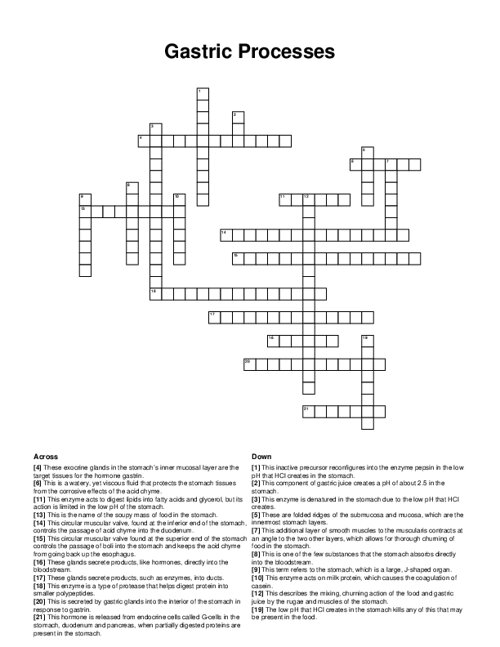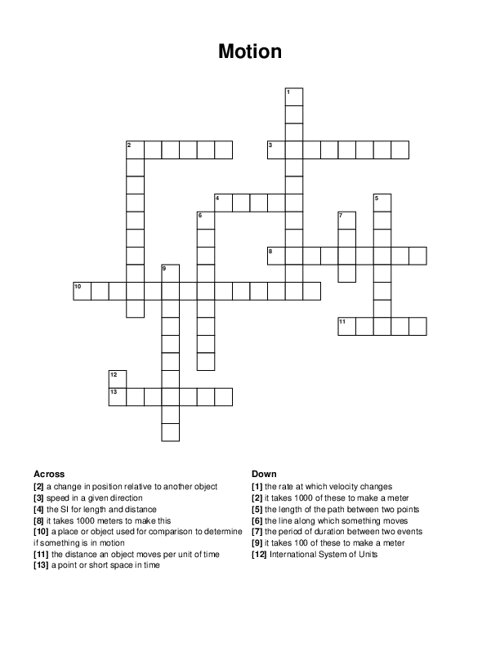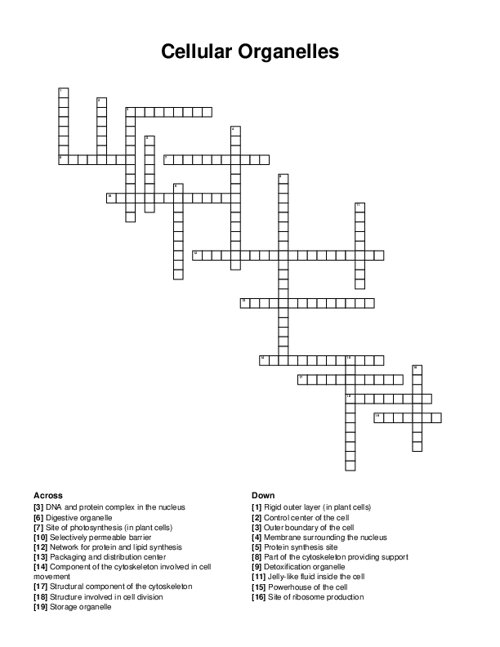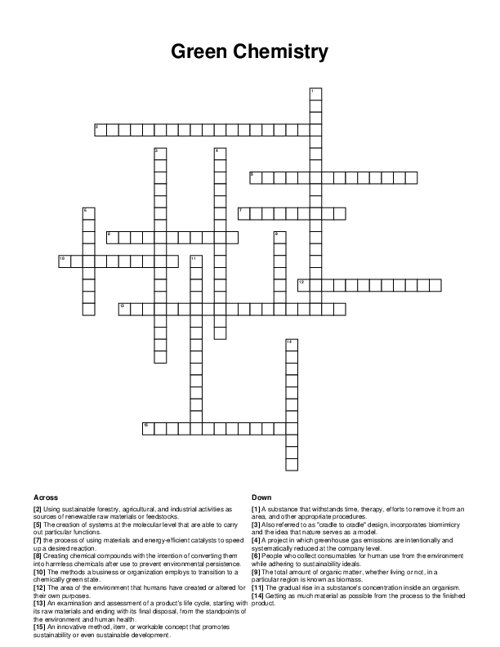Gastric Processes Crossword Puzzle
Download and print this Gastric Processes crossword puzzle.
Related puzzles:
QUESTIONS LIST:
- gastric : this term refers to the stomach, which is a large, j-shaped organ.
- oblique : this additional layer of smooth muscles to the muscularis contracts at an angle to the two other layers, which allows for thorough churning of food in the stomach.
- rugae : these are folded ridges of the submucosa and mucosa, which are the innermost stomach layers.
- gastrin : this hormone is released from endocrine cells called g-cells in the stomach, duodenum and pancreas, when partially digested proteins are present in the stomach.
- exocrine glands : these glands secrete products, such as enzymes, into ducts.
- endocrine glands : these glands secrete products, like hormones, directly into the bloodstream.
- gastric glands : these exocrine glands in the stomach’s inner mucosal layer are the target tissues for the hormone gastrin.
- gastric juice : this is secreted by gastric glands into the interior of the stomach in response to gastrin.
- hcl : this component of gastric juice creates a ph of about 2.5 in the stomach.
- pepsinogen : this inactive precursor reconfigures into the enzyme pepsin in the low ph that hcl creates in the stomach.
- pepsin : this enzyme is a type of protease that helps digest protein into smaller polypeptides.
- salivary amylase : this enzyme is denatured in the stomach due to the low ph that hcl creates.
- bacteria : the low ph that hcl creates in the stomach kills any of this that may be present in the food.
- acid chyme : this is the name of the soupy mass of food in the stomach.
- mucous : this is a watery, yet viscous fluid that protects the stomach tissues from the corrosive effects of the acid chyme.
- pyloric sphincter : this circular muscular valve, found at the inferior end of the stomach, controls the passage of acid chyme into the duodenum.
- cardiac sphincter : this circular muscular valve found at the superior end of the stomach controls the passage of boli into the stomach and keeps the acid chyme from going back up the esophagus.
- rennin : this enzyme acts on milk protein, which causes the coagulation of casein.
- lipase : this enzyme acts to digest lipids into fatty acids and glycerol, but its action is limited in the low ph of the stomach.
- alcohol : this is one of the few substances that the stomach absorbs directly into the bloodstream.
- physical digestion : this describes the mixing, churning action of the food and gastric juice by the rugae and muscles of the stomach.





